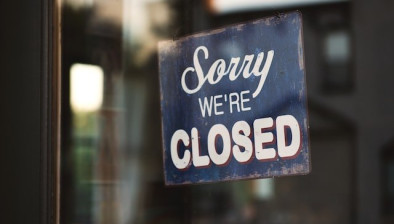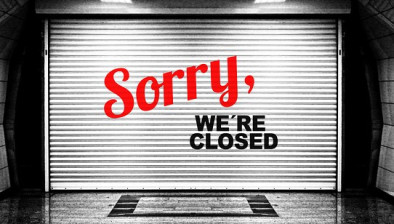Scottish shop vacancy rate decreased slightly in second quarter of 2022

In the second quarter of 2022, the Scottish vacancy rate decreased to 15.7%, from 15.8% in Q1, according to the latest figures published by the Scottish Retail Consortium (SRC) and the Local Data Company (LDC).
The rate was 0.4 percentage points lower than in the same point in 2021.
The vacancy monitor also revealed that shopping centre vacancies increased to 20.3% from Q1’s 20.2%. On the High Street, vacancies decreased to 14.7% from Q1’s 14.8%.
Retail Park vacancies decreased to 11.3% in Q2 2022, down from 12.0% in Q1. It remains the location with the lowest rate.
David Lonsdale, director of the SRC, said: “The shop vacancy rate in Scotland saw a slender but nonetheless welcome improvement in the second quarter of this year. This was the first full trading period for over two years in which stores were able to remove all remaining Covid era restrictions. Encouragingly, this was the third successive quarterly improvement in the vacancy rate with destinations such as high streets and retail parks seeing the number of empty units nudge down. By contrast, vacancies in shopping centres edged up a smidgeon further.
“Scotland’s vacancy rate remains above that for Great Britain as a whole and well above pre-pandemic levels. Indeed, Scotland’s was the third weakest performance of eleven areas of the GB. Flagging foot-traffic and continued hybrid working is undoubtedly making it trickier for vacancy rates to fully recover.”
He continued: “A cocktail of cost pressures emanating from the supply chain, commodity prices, and taxation are serving to make life difficult for retailers. All this comes as many in the industry strive to pay down Covid era loans and tax deferrals whilst trading conditions are far from straightforward.
“The prospect mooted in the Scottish Spending Review of a further increase in the business rate, already at a 23-year high, is ominous for retail and other sectors with a significant property footprint. A further rates hike next Spring would come immediately following revaluation, when it normally drops, and would be difficult for stores to absorb. A shift in mindset is needed on business rates, with a switch from trying to squeeze tax revenues from commercial properties to one which encourages investment into retail destinations.”
Lucy Stainton, commercial director, LDC, commented: “Vacancy rates have continued to decrease for the 3rd quarter in a row, pointing to a more sustained recovery post covid which is certainly encouraging. Operators, both chains and independents, have been acquiring space especially on high streets and in shopping centres which again is encouraging given these location types were particularly impacted by the pandemic.
“That being said, there are a number of economic headwinds facing retailers and consumers alike, including the cost of living increases as well as issues across supply chains. This may mean we see a slow down in new store acquisitions as operators consider what this might mean for their investment strategy.”
She concluded: “In parallel to this however, we will continue to see increased redevelopment activity across the market, with redundant retail space being reviewed for other uses. The net impact of both of these phenomenon’s will be the deciding factor in terms of what happens to vacancy rates across GB moving forwards.”










